When operating a semi-trailer, especially in challenging weather conditions, understanding the proper method of placing chains onto axles is critical. This guide is designed to provide you with comprehensive information regarding which axle to put chains on for your semi-trailer tractor. Proper chain placement not only enhances safety but also ensures compliance with regulations and improves overall performance on icy or snowy roads.
The Significance of Chain Placement
Before diving into the specifics, it is essential to highlight why the correct chain placement matters. Chains provide crucial traction in adverse conditions, significantly affecting vehicle maneuverability, braking, and overall control. Incorrect placement can lead to uneven wear on tires, damage to equipment, and even pose a safety hazard during transportation.
Key Factors Influencing Chain Placement Choices
Weight Distribution:
- Properly understanding the vehicle’s weight distribution is vital.
- Typically, the weight of a semi-trailer is distributed among the first, second, and sometimes the third axles.
- Misplacing chains may lead to compromised safety and performance.
Type of Terrain:
- Different terrains can necessitate unique chain placements.
- For instance, if traversing steep inclines or declines, careful consideration should be given to where chains are applied.
Regulatory Requirements:
- Different regions may have specific regulations dictating chain usage.
- Awareness of local laws is critical to avoid fines or penalties.
Driving Conditions:
- Analyze weather conditions before deploying chains.
- Icy versus snowy roads may require adjustments in how chains are deployed.
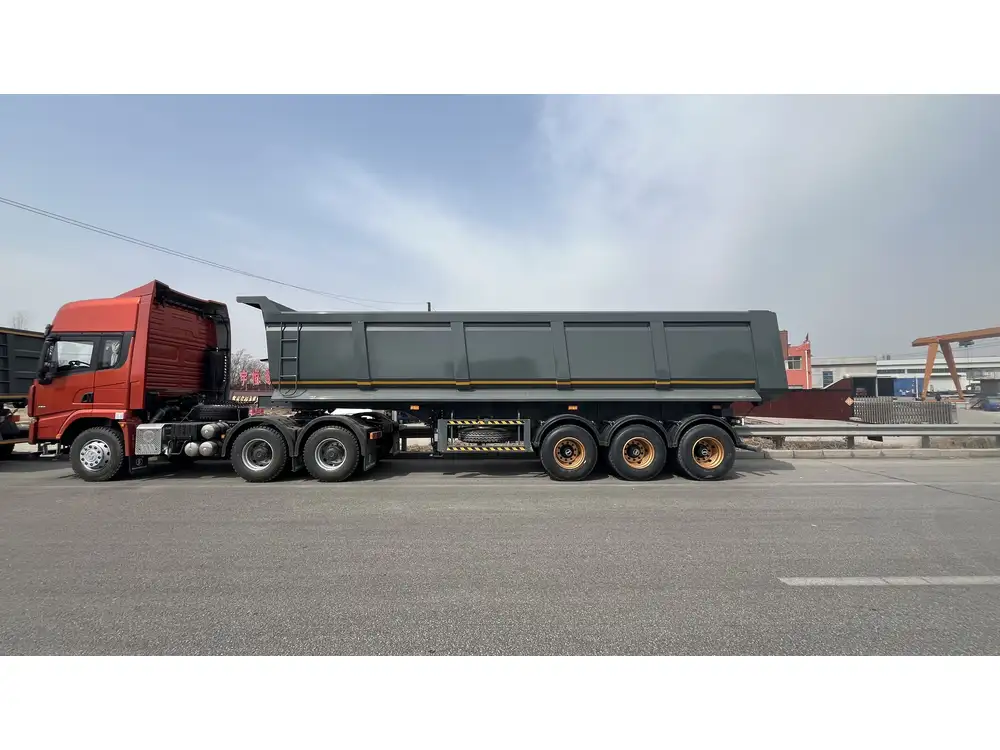
Identifying the Right Axle for Chain Placement
General Guidelines for Chain Application
1st Axle (Steering Axle):
- Typically, the first axle is where chains are often placed.
- Placing chains here enhances traction for steering, which is crucial for navigating curves and turning.
2nd Axle (Drive Axle):
- This axle often bears a significant portion of the vehicle’s weight, making it critical for drive efficiency.
- Chains on the second axle help provide added grip when powering up inclines or when taking off from a stop.
3rd Axle (If Present):
- Not all semi-trailer tractors have a third axle.
- However, if your vehicle is equipped with one, consider the load distribution and specific driving conditions before determining whether to chain this axle.
Recommended Chain Placement Strategy
Heavy Loads: When hauling heavy loads, it’s recommended to place chains primarily on the drive axle. This will help maximize weight functionality with improved traction.
Light Loads: If you’re carrying a lighter load, place the chains on the steering axle to maintain controllability over the vehicle.
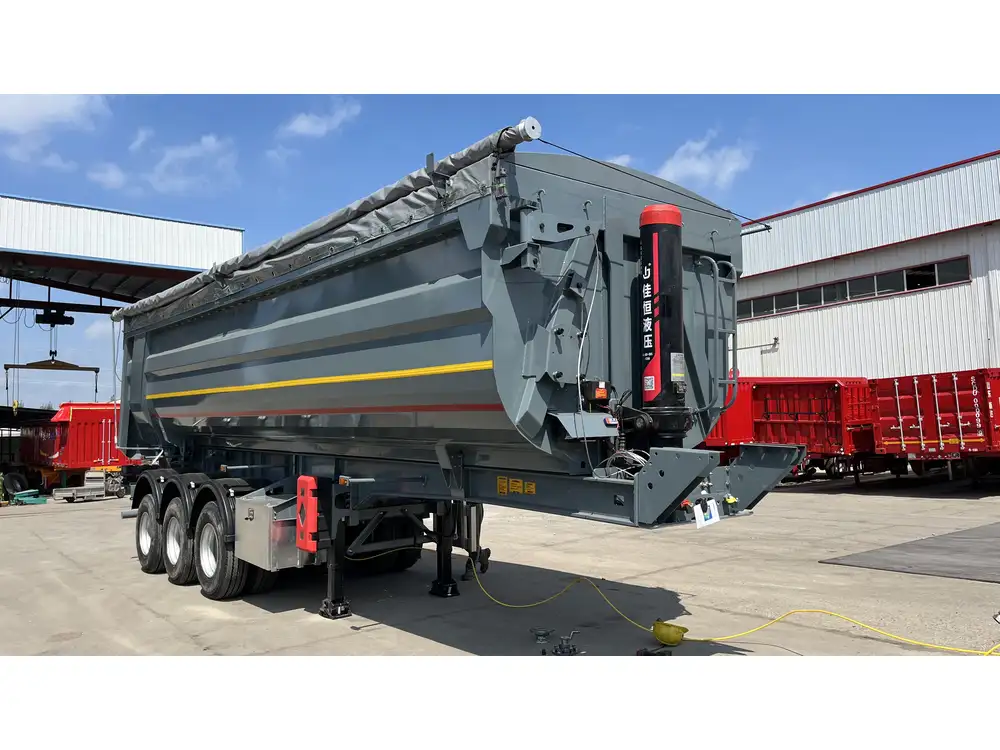
Visual Reference
| Axle Type | Recommended Chain Placement | Benefits |
|---|---|---|
| 1st Axle | Potentially chains placed | Improved steering control |
| 2nd Axle | Highly recommended | Maximizes traction for driving |
| 3rd Axle | Optional based on conditions | Additional grip when needed |
Conditions Requiring Special Attention
Icy and Snowy Conditions
In icy conditions, you might find that chains need to be applied differently. A combination of both the first and second axles can provide the most benefit, allowing for better handling and drive power. However, distributing the chains too evenly can sometimes lead to inefficiencies.
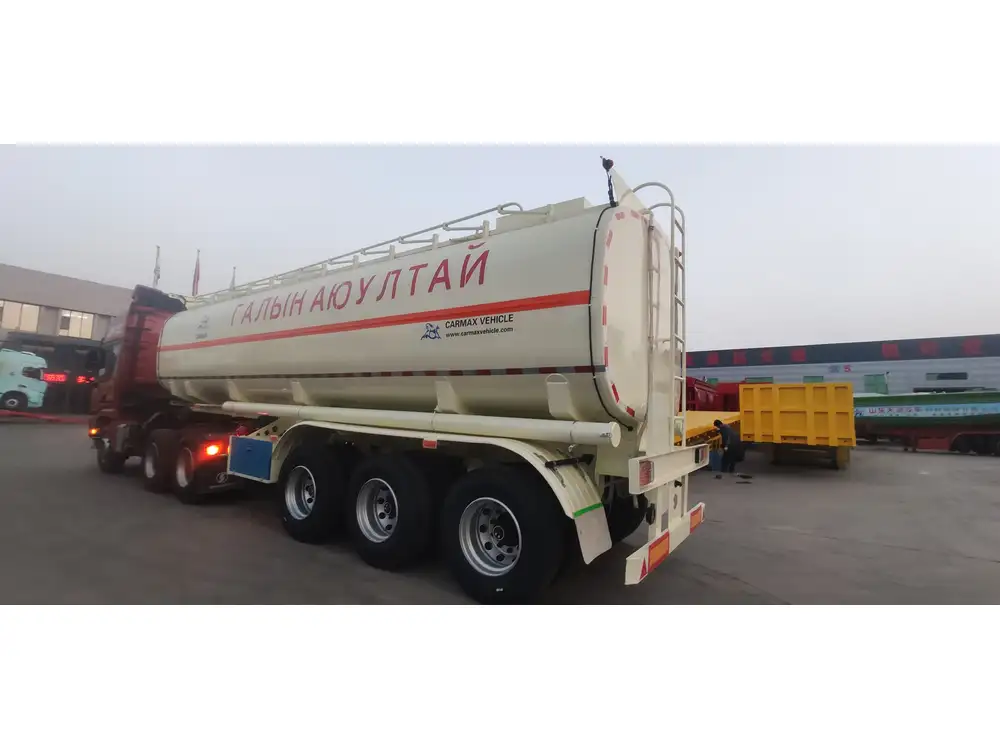
Mixed Terrain Scenarios
When transporting goods across mixed terrains (e.g., from a highway onto gravel or dirt roads), consider placing chains on the rear axles. This can help in maintaining better traction when the vehicle is in motion on uneven surfaces.
Chain Types and Features
Choosing the appropriate type of chain is equally important for effective placement. Different chain materials and designs offer varying levels of traction and durability.
Types of Chains
Ladder Chains:
- Commonly used for passenger vehicles, ladder chains provide straightforward installation and adequate traction for most conditions.
Diamond Chains:
- Offering superior grip and smoother handling, these chains are favorable for semi-trailers, especially on icy roads.
Cable Chains:
- These lighter chains can be easier to install and may be suitable for specific conditions but often offer less overall traction compared to traditional chains.
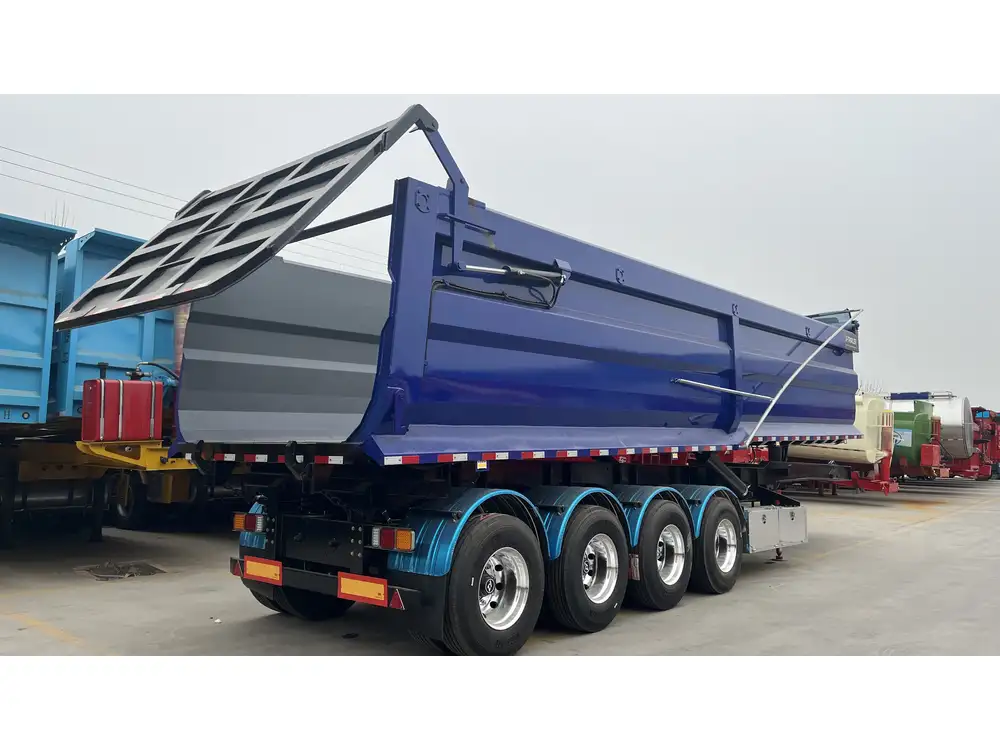
Chain Size and Fitment
Proper sizing is crucial. When selecting chains, ensure they fit your tire dimensions precisely. There are often size charts available from manufacturers, ensuring that you can find the ideal match for your needs.
Chain Installation Techniques
Installing chains can be intimidating for some, but proper techniques enhance safety and performance. Let’s examine some essential steps:
Step-by-Step Guide to Chain Installation
Preparation:
- Ensure the vehicle is parked on a flat surface.
- Wear protective gloves.
Positioning the Chain:
- Lay the chain flat next to the tire and ensure no twists or knots.
Connecting the Chain:
- Start threading the chain behind the tire and pull it around evenly, connecting the links.
- Use tensioning devices provided with the chains for added safety.
Final Inspection:
- Double-check that the chain is securely fastened and adjusted evenly across the tire.
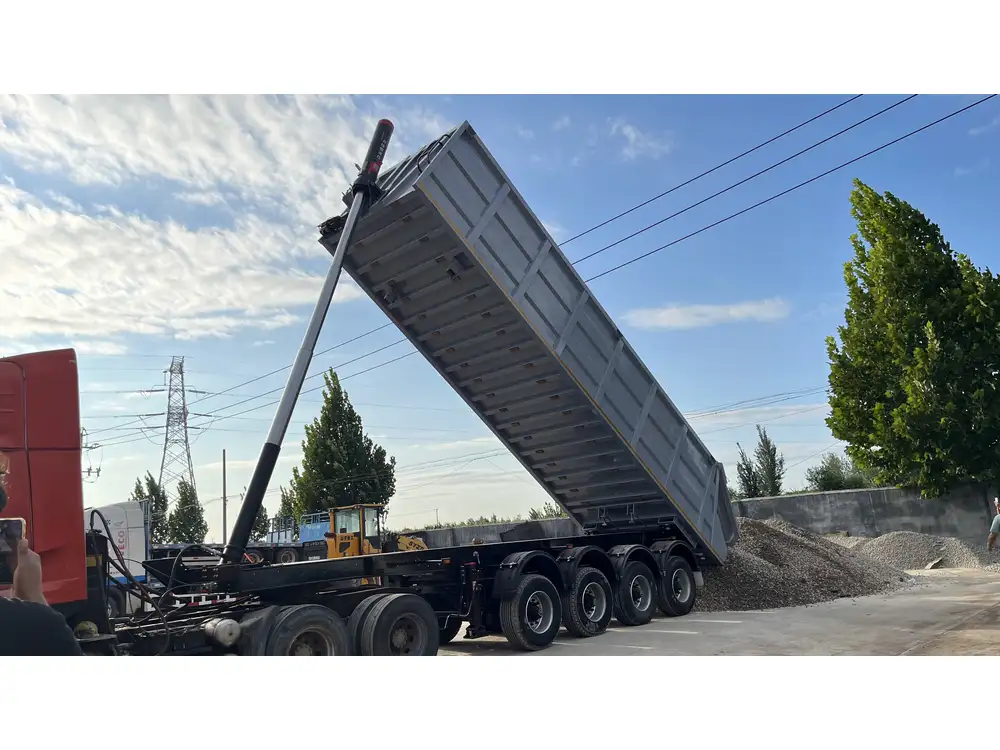
Maintenance Tips
After installation:
- Inspect Regularly: Check chains for damage or wear before use.
- Clean After Use: Remove any mud or debris that might hinder function.
- Store Properly: Keep chains in a dry, cool place to prolong their life.
Conclusion: Ensuring Safe Travels
Understanding the correct placement of chains on semi-trailer tractors is vital for successful and safe operations, especially under adverse conditions. We’ve dissected the axles, analyzed placement strategies based on weight, terrain, and load type, and provided essential tips for installation and maintenance.
By employing these recommendations, you mitigate risks and enhance vehicle performance, safety, and compliance with regulations. When in doubt, always refer back to your vehicle’s manual or consult with a professional to ensure you’re making the best decisions for your specific circumstances.
Additional Resources
For further information, consider consulting additional resources, including:
- State Department of Transportation for regional regulations.
- Manufacturer Guidelines for specific vehicle models.
- Weather Resources for real-time updates on driving conditions.
Equipping yourself with knowledge about chain placement is an investment in safety and efficacy—ultimately ensuring successful navigation through even the most treacherous of conditions.



